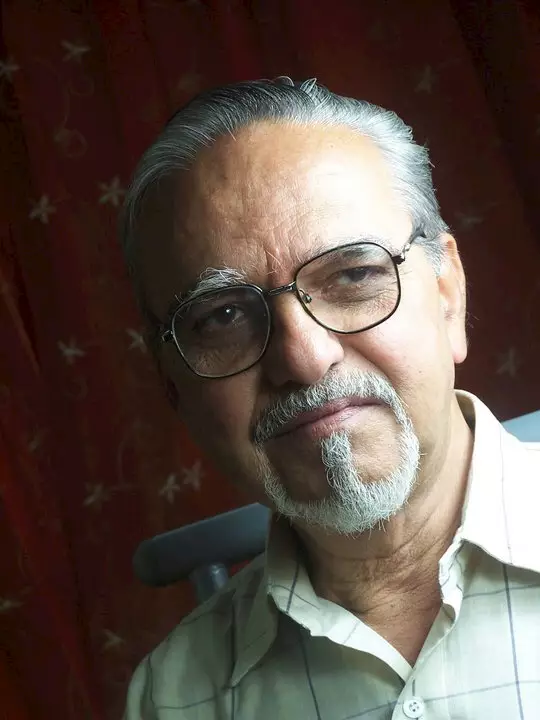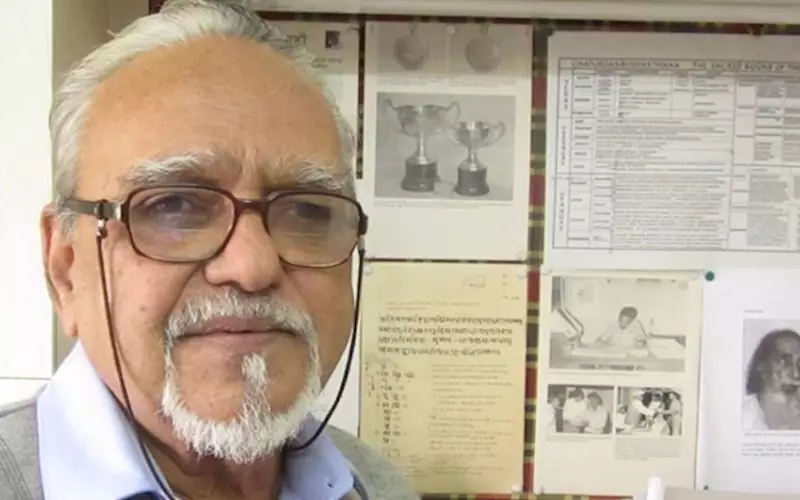Mukund Gokhale, legendary typographer, dies at 72
Mukund Gokhale, one of the few experts in the field of font designing of Indian language scripts, died on Thursday, 11 January 2018, in Pune.
20 Jan 2018 | By PrintWeek India
He was an artist, typographer, designer, linguist and an innovative technologist who could blend aesthetics with the technology right from hot metal era of type casting to modern digital fonts. Originally from Nagpur, he completed GD Art in Commercial Art from the Kareer Art Institute, Mumbai in 1970, worked as a lecturer at the Sir JJ Institute of Applied Art from 1973 to 1978. While working at JJ, he went to learn the process of hot metal type casting as a part of The Government of India Quality Improvement Programme for the faculty at the famous Gujarati Type foundry, Mumbai. Goplakrishna Modi inspired him to study the preparation of punch and matrices along with typecasting. Later on Gokhale came into contact with the legendary Scriptologist LS Wakankar. Wakankar had been impressed by Gokhale’s research paper on design parameters of the Devanagari script. It opened up a new avenue when Gokhale was offered an opportunity to join The Institute of Typographical Research ‘ITR’ at Pune established by LS Wakankar and Vasant Bhat, managing director of Experto Engravers on 16 January 1979.
It proved to be a beginning of the computer era for the Indian typefont designing of regional scripts. The input and output logic for Devanagari script on computer had already been established by LS Wakankar and Dr Mudur at TIFR, Mumbai. Gokhale embarked on a lifelong mission of studying the anatomy of every letter form and adapting it to create computer-based digital fonts within the parameters of technology. Gokhale studied old handwritten manuscripts for reconstructing the anatomy of letter forms, paid attention to liguistics, literary and the socio-cultural aspects of language, and finally to the aesthetics of calligraphy.
Gokhale created professional digital fonts for scripts such as Devanagri, Bengali, Tamil and Malayalam. He also worked for other language scripts such as Sinhali, Thai, Tibetan, and Manipuri. Gokhale paved the way to print educational books in their own regional scripts instead of roman scripts being advocated by the missionaries. He created digital typefonts for the Gondi script which has contributed to print educational material in their mother tongue. All these efforts helped greater access to various computer applications on the regional level.

Type faces like Yogesh, Nataraj and Shreedhar designed by ITR is a testimony to Gokhale’s enduring sense of type design which are still popular and are widely used. Gokhale paid a tribute to the calligrapher and typographer Late RK Joshi by writing an article on RK published in Ruchi, a magazine of Granthali which was typeset in a specially customised typefont Avantika created and dedicated to RK as a tribute from Gokhale.
Gokhale had a major role in publishing the proceedings of seminars held by ITR in Pune, New Delhi and Kolkata during 1983, 84 and 85 in three volumes titled Caltis, an archival treasure of articles on Indic scripts and typography. LS Wakankar published and edited a monthly called Akshar Rachna which was devoted to calligraphy, lettering, typography and Indic scripts and issues of the typefont manufacturing industry from 1985 to 1997. Gokhale used to design and contribute articles in it. Evolution of Script and Typography a comparative chart noting the parallels between Europe and India regarding the type evolution from the beginning till today was prepared by Gokhale, co-authored by Ranjan Joshi and I. He wrote a book Devanagari Lipi Chinhanchi Shastriya Olakh ani Arekhan Paddhati in Marathi in 2009.

Gokhale was busy in developing the script in digital font for Vedic Sanskrit a monumental task in itself. Despite his ill health he immersed himself in the work of finding solutions for the application of Indian scripts. He was of the opinion that all provisions had to be made today considering all the possibilities and problems we might face in future for Indian scripts. Sadly we have lost a genius in the field of typography who had a vision and the ability to transform it into reality.














 See All
See All